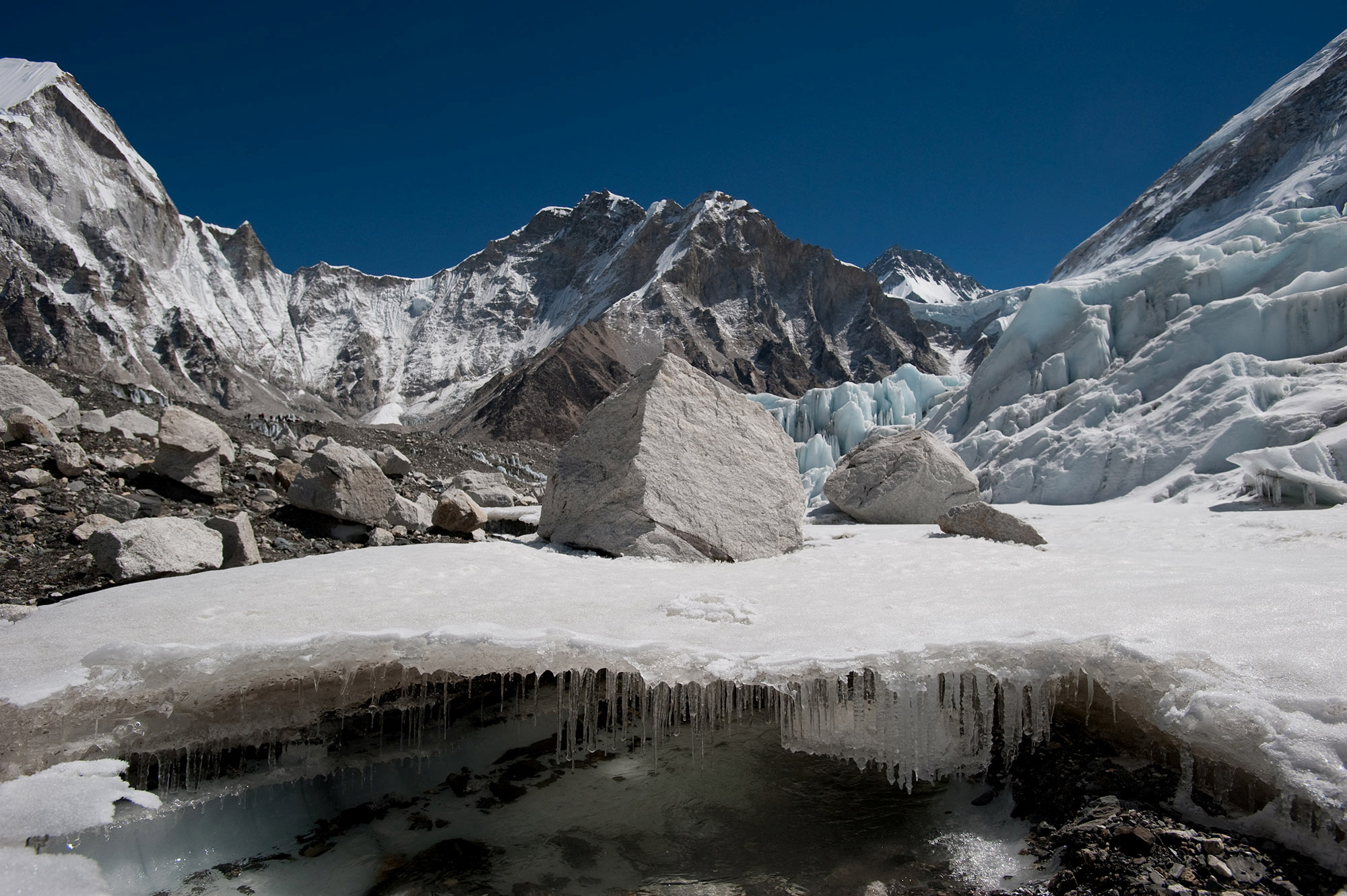
Khumbu Glacier in Nepal
Reuters reported on June 20 that a group of international scientists discovered that ice is melting faster and faster in the Hindu Kush Himalaya region (abbreviated as HKH, including the Himalayas and Hindu Kush ranges), home to the two famous mountains Everest and K2.
According to an assessment by the International Centre for Integrated Mountain Development (ICIMOD), an intergovernmental scientific agency based in Kathmandu (Nepal), specializing in research on the HKH region, glaciers here melted up to 65% faster in the 2010s than in the previous decade.
“We are losing glaciers and we will lose them in 100 years,” said Philippus Wester, an environmental scientist and ICIMOD member and lead author of the report.
The HKH region stretches 3,500 km across Afghanistan, Bangladesh, Bhutan, China, India, Myanmar, Nepal and Pakistan.
Why is the conflict in Ukraine exacerbating the climate crisis?
If global temperatures rise by 1.5 or 2 degrees Celsius above pre-industrial levels, glaciers across the region will lose 30% to 50% of their volume by 2100, the report said.
But the rate of melting depends on where the glacier is located. If temperatures rise by 3 degrees Celsius—the level the world is likely to face if current climate policies continue—glaciers in the Eastern Himalayas, which include Nepal and Bhutan, will lose up to 75 percent of their ice. If temperatures rise by 4 degrees Celsius, that figure rises to 80 percent.
Scientists have struggled to assess the extent to which climate change is affecting the HKH. Unlike the Alps in Europe and the Rocky Mountains in North America, the region lacks a long-term record of field measurements showing whether glaciers are expanding or shrinking.
“There is always some uncertainty in the Himalayas – are they really melting?” said Mr Wester.
In 2019, the US declassified 1970s intelligence satellite imagery of glaciers in the region, providing new scientific evidence.
Advances in satellite technology over the past five years, coupled with intense field efforts, have advanced scientists’ understanding of the changes taking place. The report is based on data running through December 2022.
Swiss glaciers are being "swallowed" by warming climate
“Although knowledge of Himalayan glaciers is still not as good as in the Alps, it is now comparable to other regions such as the Andes,” said Tobias Bolch, a glaciologist at Graz University of Technology in Austria.
Compared to ICIMOD’s 2019 assessment of the region, “the new findings have a much higher level of confidence,” Wester said. “We have a better understanding of what the losses will be up to 2100 at different levels of global warming,” he said.
This new understanding comes with deep concerns about human life in the HKH region.
The report found that water levels in 12 river basins in the region, including the Ganges, Indus and Mekong, are likely to peak around mid-century, with implications for the more than 1.6 billion people who depend on those rivers for water.
“Although it may seem like we will have more water because the glaciers are melting at an increasing rate… This will happen more often in the form of floods rather than a steady flow. Once the water level peaks, the supply will eventually run out,” said Mr Wester.
Many highland communities use water from rivers and snowmelt to irrigate their crops. But snowfall has become more irregular and less frequent than before.
“We have seen a large number of yak deaths because in the summer they seek higher pastures,” said Amina Maharjan, report co-author and senior livelihoods and migration specialist at ICIMOD. If snow falls too early, the entire area will be covered in snow and the yaks will have no grass to eat, she said.
Melting glaciers also pose a danger to downstream communities. Water is trapped in shallow lakes by rocks and gravel. The risk occurs when a lake overflows, breaches its natural barrier and floods down mountain valleys.
Governments are trying to cope with these changes, for example Pakistan is installing early warning systems for floods caused by melting glaciers.
Source link



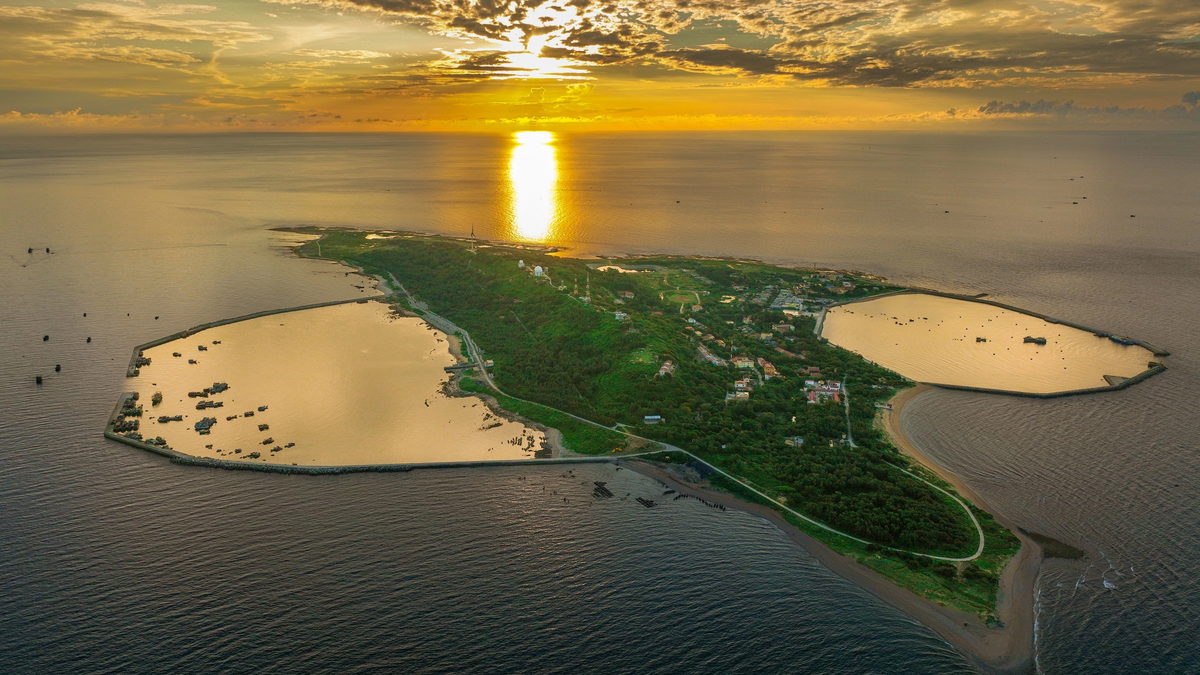
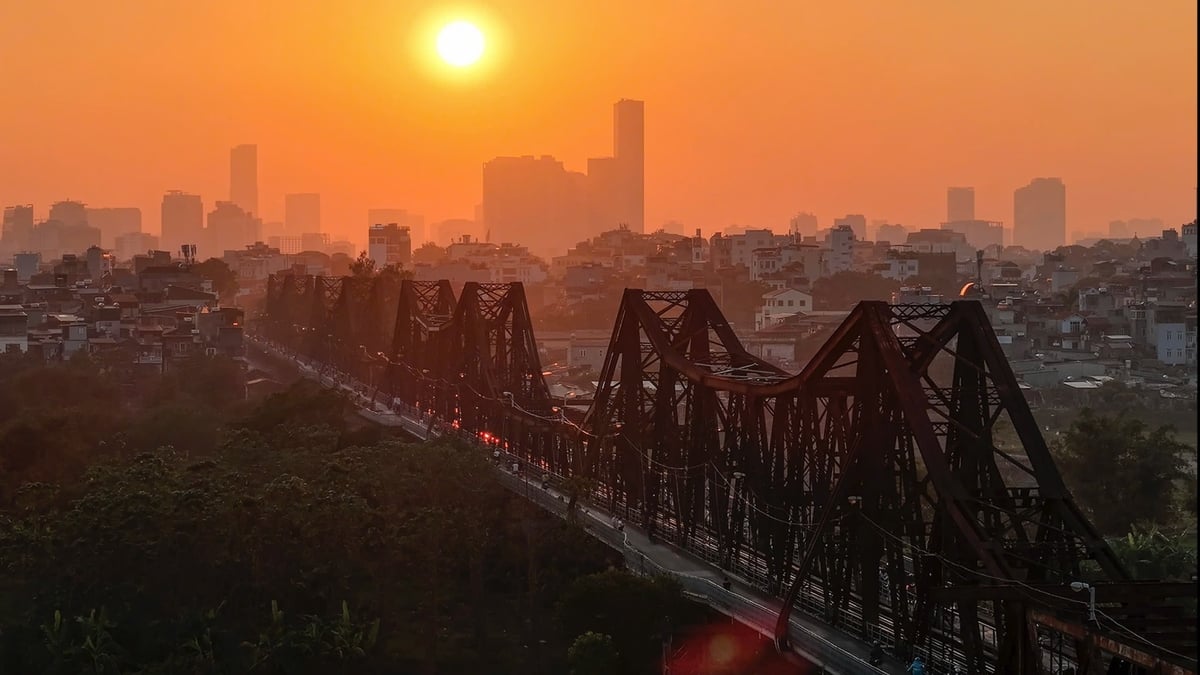

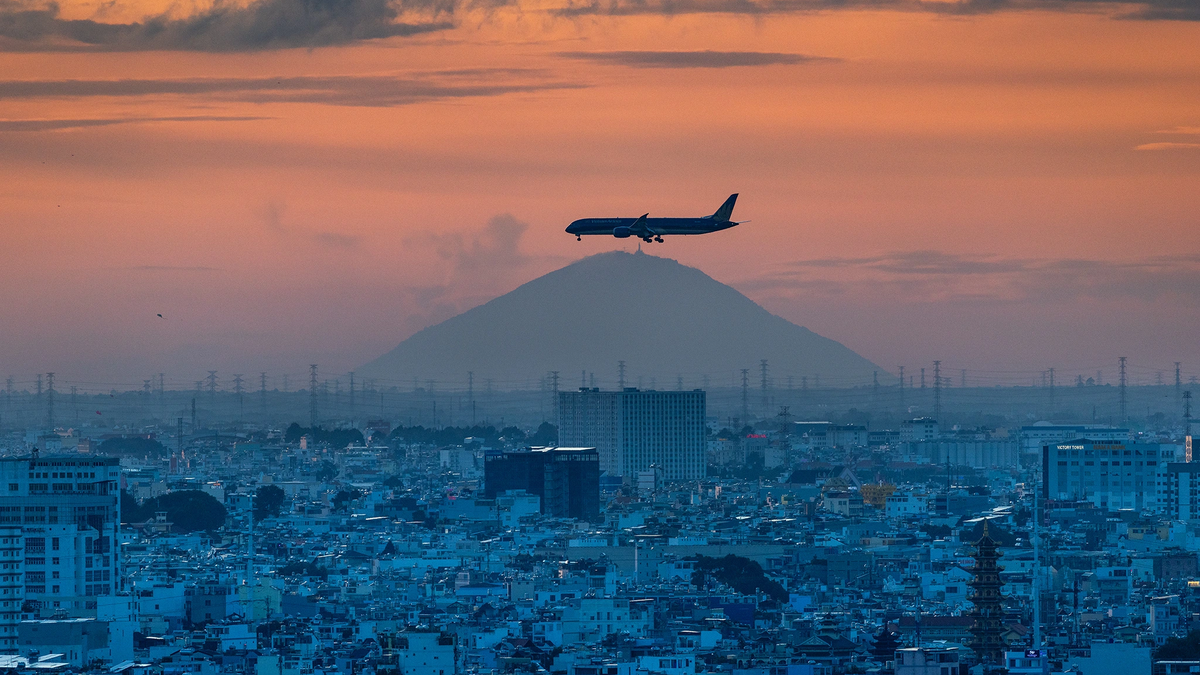

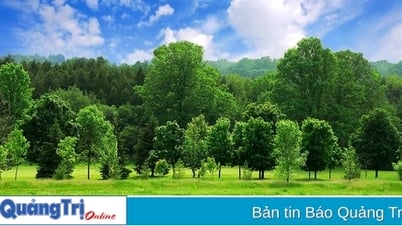

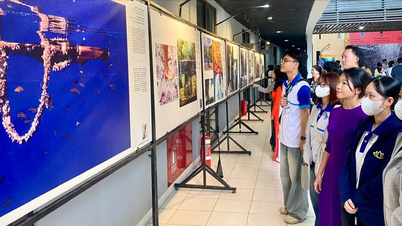

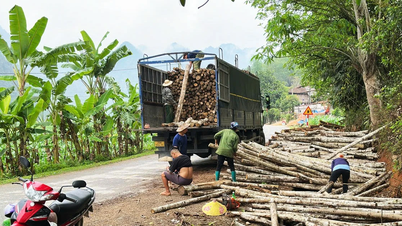

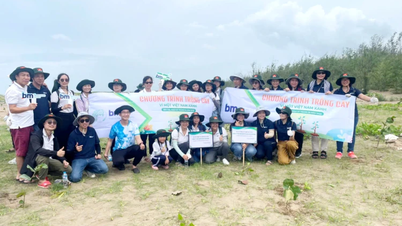



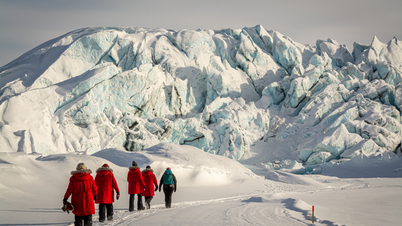





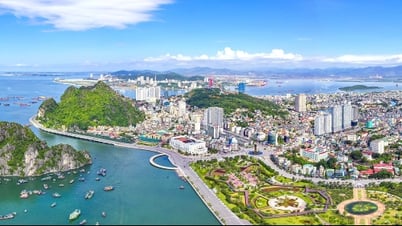





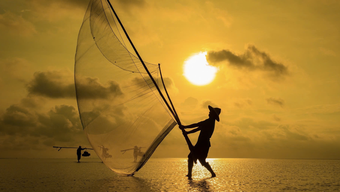



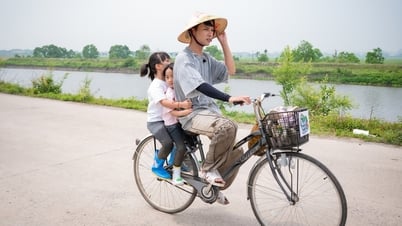




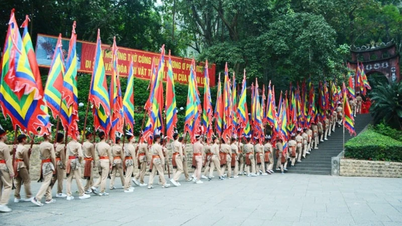





















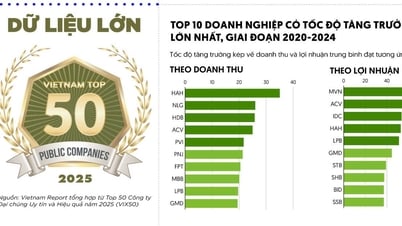



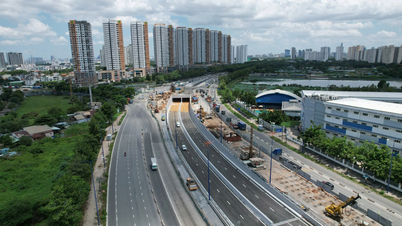
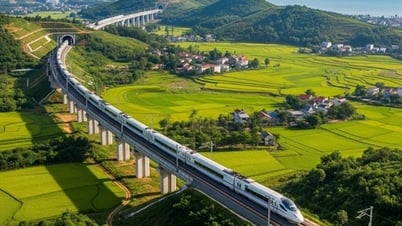
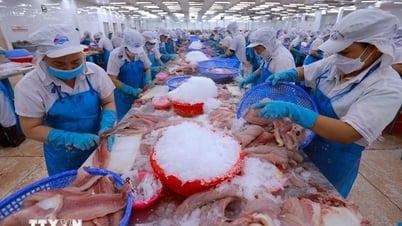











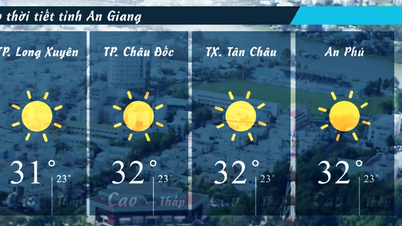


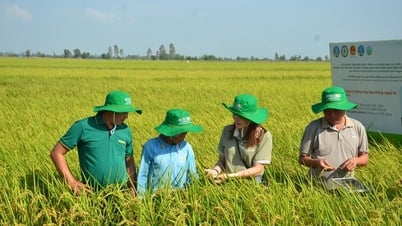


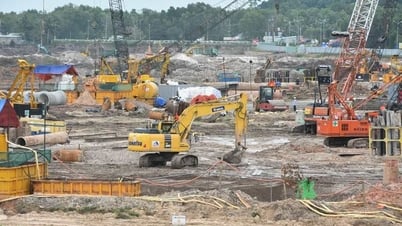




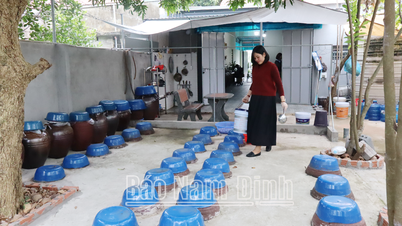







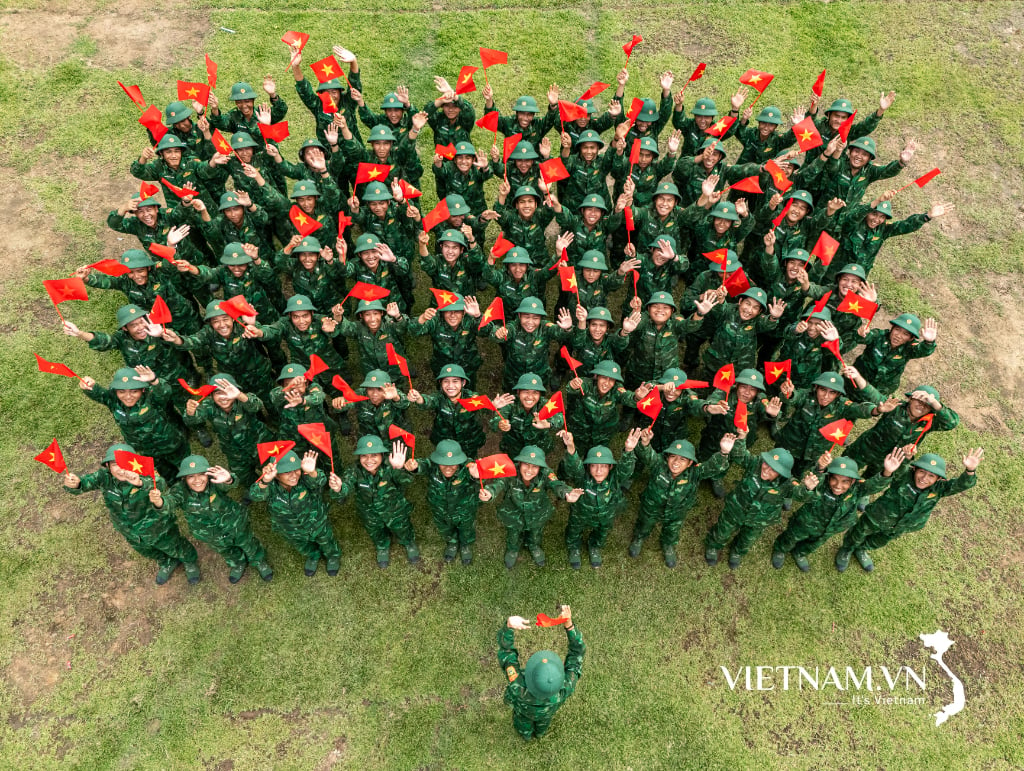
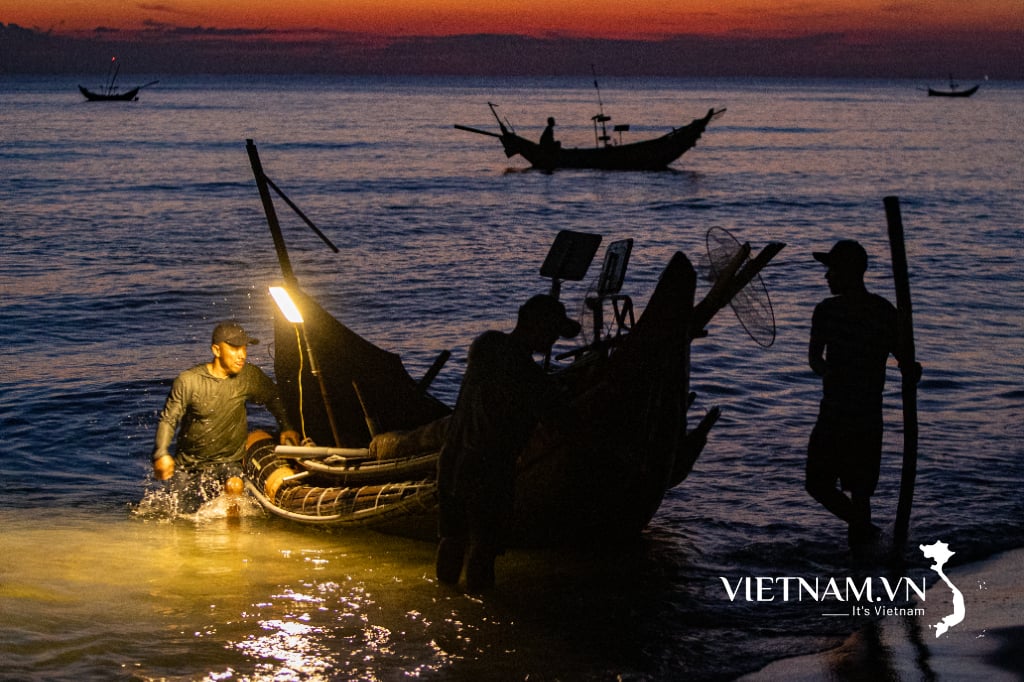
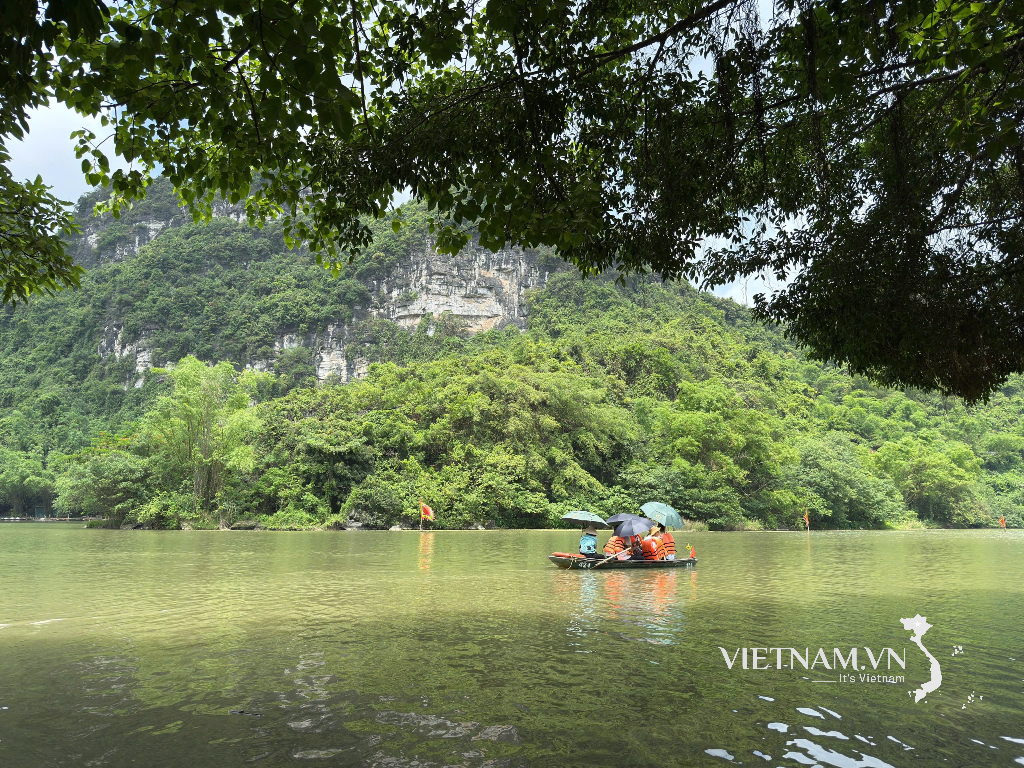

Comment (0)